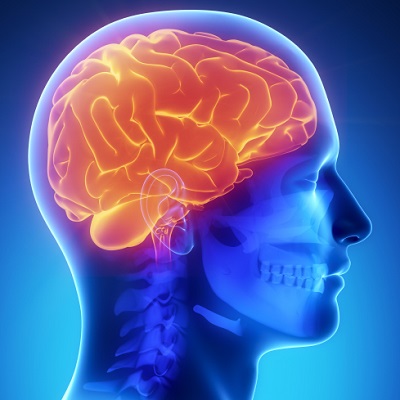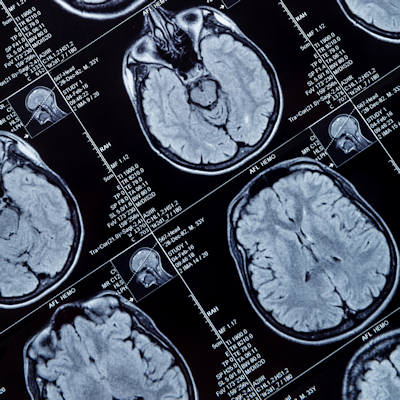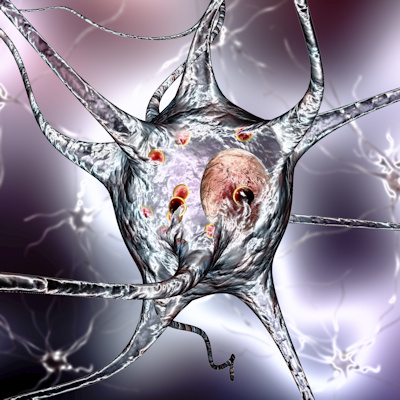November 9, 2022 -- Oregon Health & Science University (OHSU) researchers have discovered that the neurotransmitter adenosine effectively acts as a brake to dopamine, another neurotransmitter in the brain that is involved in motor control. The research on mice, published November 9 in the journal Nature, suggests new avenues for Parkinson's disease treatment.
Parkinson's disease is a widespread movement disorder. The loss of dopamine-producing cells is widely implicated as a cause. Of the two neuronal brain circuits involved, dopamine promotes the first circuit to enable movement, and adenosine promotes the second circuit, which inhibits action, serving as a brake to balance the system. The two neurotransmitters operate in a push-pull dynamic.
Dopamine was long suspected to be influenced by an opposing dynamic of neuronal signaling in the striatum -- a critical region of the brain that mediates movement along with reward, motivation, and learning. The striatum is also the primary brain region affected by the loss of dopamine-producing cells in Parkinson's disease.
The study on mice, utilizing recently developed genetically engineered protein probes, revealed adenosine as the neurotransmitter that acts in opposition to dopamine. The researchers contend that acute adenosine accumulation interplays with dopamine release to orchestrate protein kinase A activity in striatal neurons, enabling proper striatal function during animal locomotion. Interestingly, adenosine is also the receptor acted upon by caffeine.
"Coffee acts in our brain through the same receptors. Drinking coffee lifts the brake imposed by adenosine," said OSHU scientist and co-author Tianyi Mao, PhD, in a statement. "People for a long time suspected there has to be this push-pull system."
Copyright © 2022 scienceboard.net











